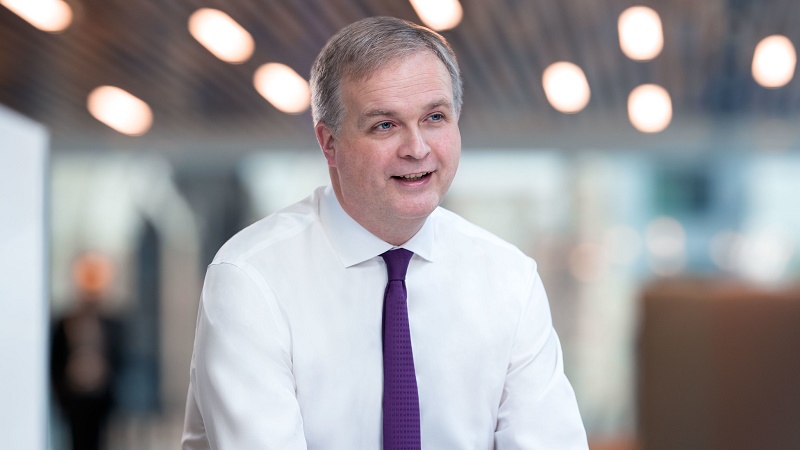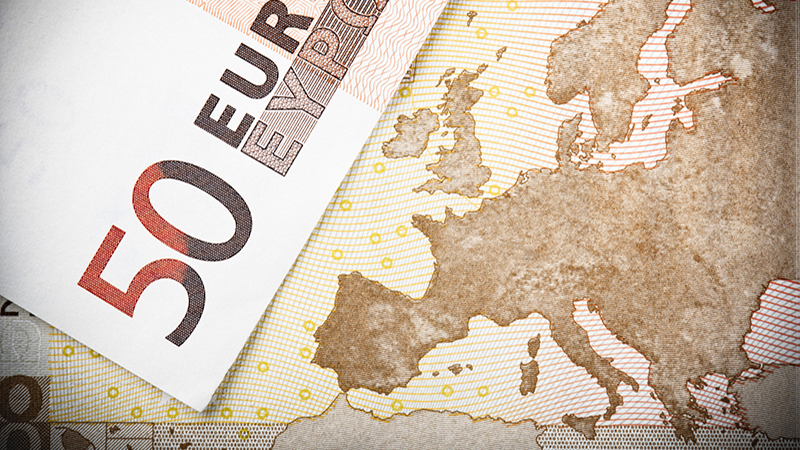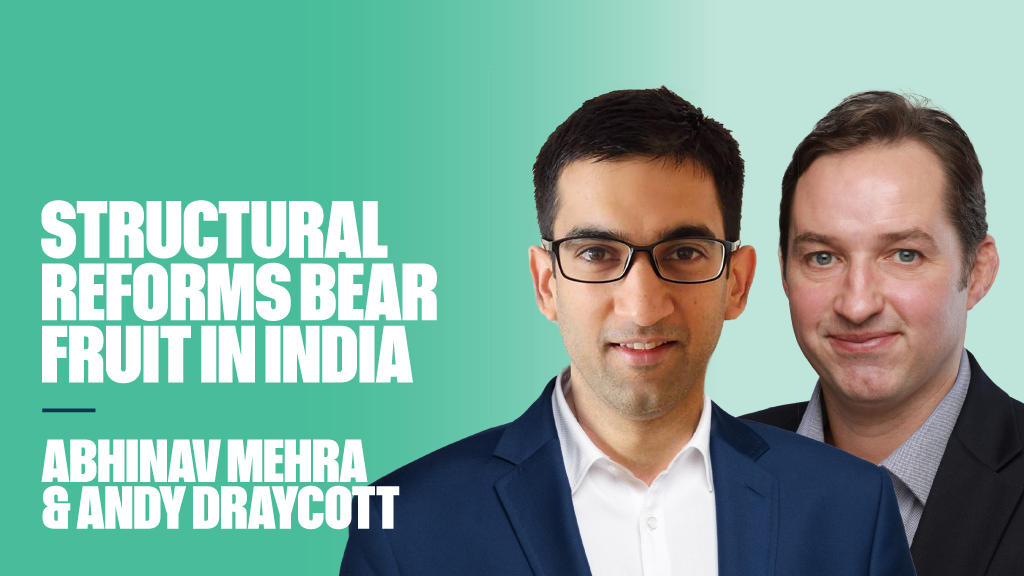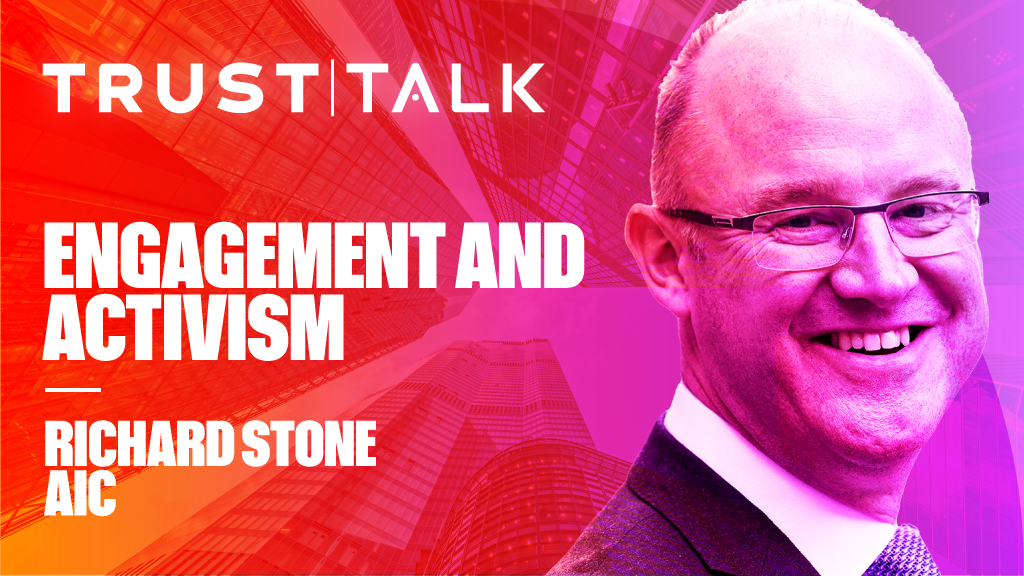The environment has been favourable for investments in risky assets in 2021, at least in developed markets. Most, if not all, indicators flashed green.
As Marco Willner, head of investment strategy at NN Investment Partners points out, thanks to the rapid roll out in developed markets of the Covid-19 vaccines, countries gradually loosened mobility restrictions and returned to almost normal.
Economic data improved sharply and the growth outlook was revised higher. This was reflected in a further recovery in corporate earnings and a strengthening of balance sheets. Risk appetite was further enhanced by the combined positive pulse of monetary and fiscal policy.
“With the arrival of autumn, however, clouds started to gather on the horizon, and this will have consequences for near and medium-term investment opportunities,” Willner says.
On the macro side, he expects 4-5% real GDP growth in 2022. But warns there are speed bumps ahead. “The continuing supply chain disruptions are forcing companies to cut production or postpone projects, which may temporarily slow the growth recovery. In addition, energy prices are soaring. This will not only weigh on growth, profit margins and disposable income but may also influence inflation expectations.”
Supply issues
Willner consider these supply and energy factors as temporary and expects a normalisation during the course of the year.
His view is at least partly shared by Tancredi Cordero, chief executive of Kuros Associates.
“Supply chain disruption is certainly causing a bottle neck effect, which adds to the inflationary spike we see everywhere. Nevertheless, we think that during the course of 2022 most of these supply chain issues will be fixed. However, another logistic process will continue to unfold – the re-location of the parts of the supply chain that have been outsourced to countries like India and China over the past few decades. It is still early to say if such a process will cause further disruption to the global economy, but the likelihood is that it will not.”
Soaring energy prices are, on the other hand, more unpredictable according to Cordero. This is because they depend on both climate issues (renewables) and political decisions (oil and gas).
“We are seeing here in the UK how some energy wholesalers are already going bust. We believe that energy and raw material accessibility will be the main driver of a lot of strategic decisions that global businesses will have to take during the course of 2022.”
China’s prospects
Another of the bumps in the road is China. The Chinese growth engine is sputtering and, as Willner points out, the troubles at property developer Evergrande lay bare the vulnerability of the crucial Chinese real estate market.
“The government is also tightening its regulatory grip on several sectors including technology, educational services, gaming and property. Needless to say, a Chinese slowdown has ramifications across the globe. Fortunately, China is well equipped to deal with these types of problems and we think a pragmatic approach will prevail. Large scale policy easing is not expected,” he says.
Cordero’s view is that China, notwithstanding the disparaging rhetoric that is currently ongoing in the West, is alive and well. “We think that China will be a major source of positive investment returns for those that understand China is, and will always be, different to the West.”
Corporate earnings
Turning to the corporate side, Willner thinks earnings growth will normalise rapidly and slow from almost 50% in 2021 to 8% in 2022. He elaborates: “This is primarily due to base effects, but companies will face some additional headwinds next year. They will experience rising input costs through higher energy and raw material prices, higher wages, sub-optimal use of production capacity because of supply chain bottlenecks and potentially higher taxes.”
To what extent will they be able to reflect these increased costs in higher output prices? Willner suggests profit margins are close to historic highs and offer an important buffer. “High nominal growth will benefit companies with high operational leverage. Healthy balance sheets and high profitability bode well for pursuing shareholder-friendly policies in the form of higher dividends and share buybacks.”
He also argues that the equity risk premium is close to its long-term average and well above the danger zone. “Taking into account the expected earnings growth, this means that equity markets can cope with a gradual increase in interest rates. According to our estimates, a 10-year US Treasury yield of 2.2% at the end of 2022 would be manageable for equity markets, provided of course it is a gradual move and not a sudden spike.”
Cordero agrees that earnings growth will normalise – especially for cyclical businesses, banks and old economy companies, which look now fairly ‘toppish’ after a great year of rebound in 2021. He suspects technology companies and more high growth equities may still see their earnings rising significantly.
He also concurs that equity markets can cope with a gradual increase in interest rates as long as the increase is gradual – as he expects. “Central banks can’t afford another taper tantrum now that the debts outstanding are a multiple of what they were 10 years ago.”
Attractive equity market?
As to how attractive equities are likely to be in 2022 and what sectors will offer most to investors – Cordero remains fairly bullish.
“I think equities are still the most attractive asset class – generally speaking. Sectors that have most potential include software, entertainment, biotech and for those that may like something more niche I would certainly say quantum computing.”
Peter van der Welle, strategist in the global macro team at Robeco, says that over the next six to 12 months he expects equity valuations to become more sensitive to a modest rise in real interest rates.
“Absolute equity valuation levels still point to stocks being very expensive, with the Shiller CAPE now at 39 – a level only observed during the heyday of the IT bubble in 2000.”
He adds: “In contrast with then, real rates are expected to remain subdued while equity risk premiums are much higher compared to 2000 levels, limiting downside risk. Nonetheless, we will wait for more clarity on the Fed, the China credit impulse bottoming out and receding stagflationary sentiment in the bond market before upgrading our equity exposure.”
For more on pan-European investing, please visit expertinvestoreurope.com











